Georges Gimel, known as "the Master of Fire", born March 8, 1898 in Domène (Isère) and died January 21, 1962 in Megève (Haute-Savoie), is a French expressionist painter and sculptor, author of figures, landscapes of mountain, still lifes, flowers, sacred art.
He was also an engraver, lithographer, illustrator, theater decorator, ceramist, fresco painter and enameler painter.
Gimel lived in Domène and Grenoble until the age of 16 before leaving for Paris. He stayed there for 20 years, then shared his life between Megève, Annecy, Grenoble and Paris. In 1916, he was incorporated into the 157th RI then into the 22nd infantry regiment as a grenadier, with which he went to the front in the Marne. Gassed not far from the Bois des Miracles on October 30, 1918, this would later have important consequences on his artistic career.
He was a student at the Paris School of Fine Arts, Jean-Paul Laurens workshop, at the Académie Julian, then at the Atelier Jean-Antoine Injalbert, with the sculptor Henri Bouchard, Paul Landowski and at Decorative Arts.
In 1919, its Parisian address was 17, rue Campagne-Première. He worked at Bouchard and in the evening, collaborated as a decorator with the team of the Vieux-Colombier theater which innovated in the theatrical field thanks to Jacques Copeau, Louis Jouvet, Charles Dullin, and the Pitoëffs. In 1921 he decorated the Quat'z'Arts ball then a lower part of the Garnier opera house for the Symphonie en pourpre et violet ball, organized by Paul Poiret. He only has Saturday and Sunday left to paint.
He works with Lucien Vogel, also with Jean de Brunhoff, creator of Babar. He was noticed by the publisher Jacquard who published albums for him: Musicians and Sainte Agnès (with wood engravings); his portrait of Anatole France is held by the Bibliothèque nationale de France.
In 1921-1922, he illustrated various works, work that he continued throughout his life. In 1922, the Parisian press (Le Crapouillot) reported on the exhibition of the artists Constant Le Breton, Jean Lébédeff, Paul Hermann, Roger-Maurice Grillon, Jacques Beltrand, Robert Bonfils, Louis Bouquet, Paul-Émile Colin, Georges Gimel, Démétrios Galanis, Carlègle, André Deslignères and their wood engravings at the Le Nouvel Essor gallery, which precedes their joint hanging, at the beginning of 1923, at the Salon of the Society of Original Wood Engraving, at the Marsan pavilion.
In 1923, Gimel composed impressive masks for Jeanne Ronsay's show at the Théâtre des Champs-Élysées in Paris. In 1924, he participated in the illustration of L'Âme du cirque by Louise Hervieu: he produced a color woodcut, La Grande Parade de Gimel. Number 1 of this catalog is sold at auction, Salle Gaveau in Paris, by the Fratellini.
Artistic director of the literary magazine Tentatives with Henri Petiot (Daniel Rops), he devotes a special issue to Stendhal. He created numerous woodcuts, including the portrait of Déodat de Séverac held by the National Library.
In July 1924, a special Attempts entitled Femmes, devoted in addition to illustrations by Pierre Combet-Descombes, Paulette Humbert and Georges Gimel, poems by Doette Angliviel, Cécile Arnaud, Lucie Guigo, Marie-Rose Michaud-Lapeyre, Adrienne Monnier, Roger de Néreys, Marguerite Henry Rozier.
He participated in the Salon d'Automne and the Salon des Indépendants in Paris from 1921 to 1934.
His talent was noticed very early on by Andry Farcy, curator of the Grenoble Museum, who supported the Moderns, at this time, also, Léon Daudet who prefaced his Stations of the Cross, and the Parisian art critic Félix Fénéon. This Stations of the Cross is exhibited at the Jeanne Bucher gallery and is a great success.
Gimel is part of the Sacred Art Workshops, founded in 1919 by George Desvallières and Maurice Denis.
He also creates compositions of figures: bathers. Its character traits and colors are unique to it: it expresses life. A true artistic driving force, Gimel combines the fine arts and the decorative arts: he designs upholstery fabric patterns for the Vogels. He also designed dress fabric patterns for Paul Poiret then Jean Patou as well as models for the Lalique glassworks.
In Paris, on the Alexandre-III bridge, at the International Exhibition of Modern Decorative and Industrial Arts of 1925, the apogee of Art Deco, Gimel exhibited his fabrics with the decorative artists and also the architects who created their luxurious windows.
In 1927, Gimel created the largest painting of the Salon d'Automne, La Cueillette des almonds4. In 1928, he began lithography and his technique took him up to 14 colors; the themes represented are skiers, bouquets of flowers, landscapes etc.


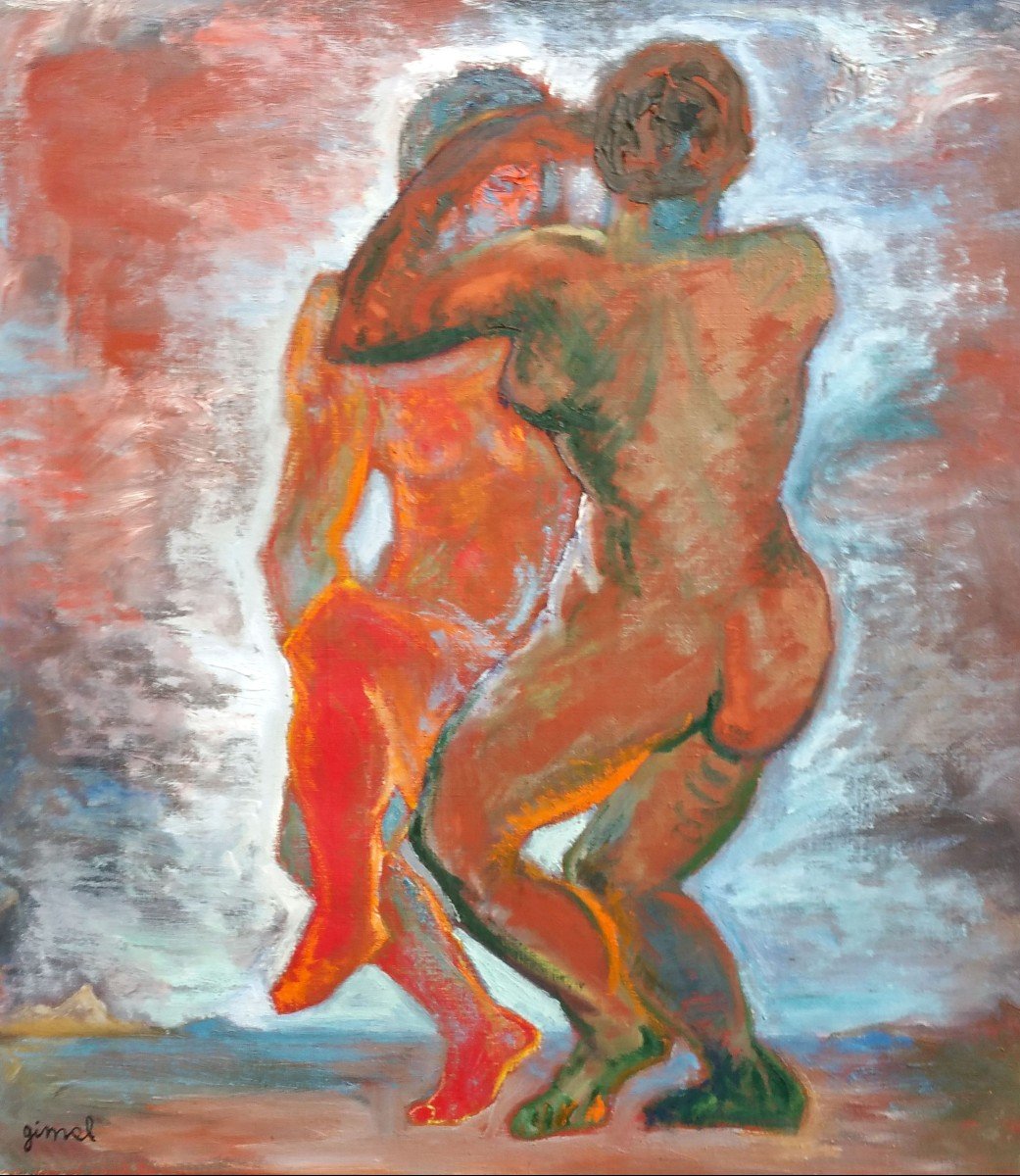

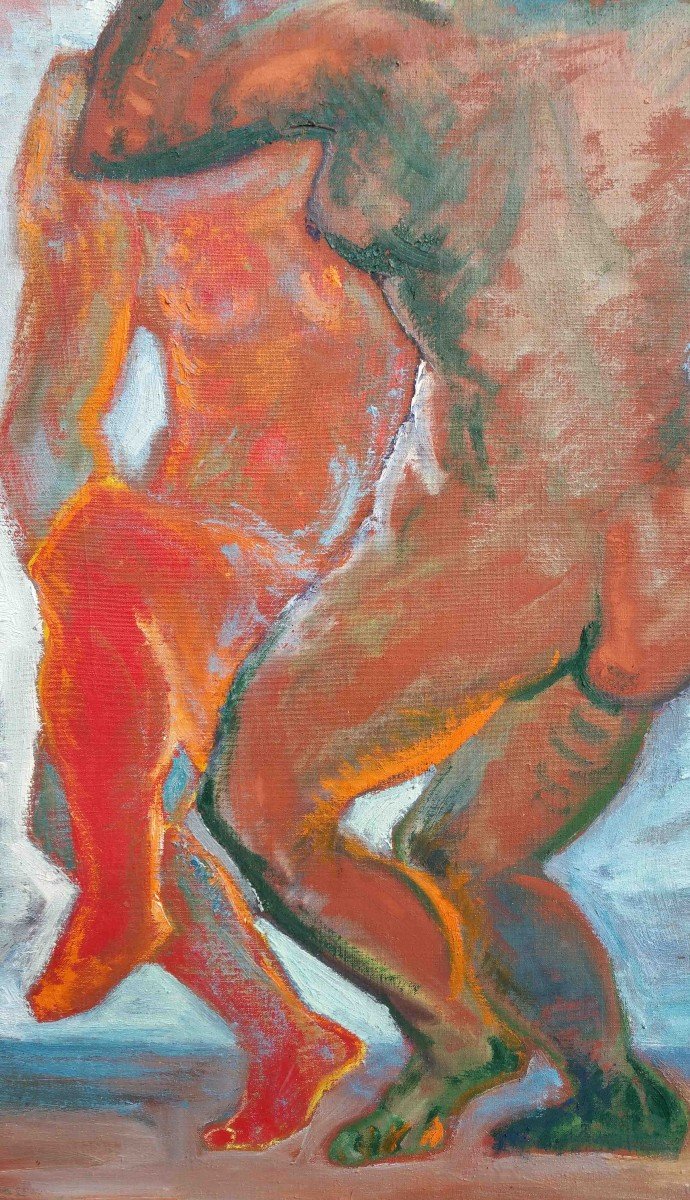






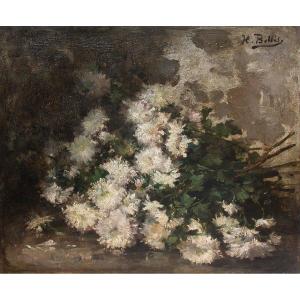
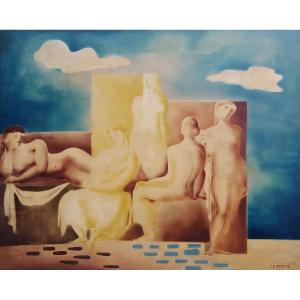
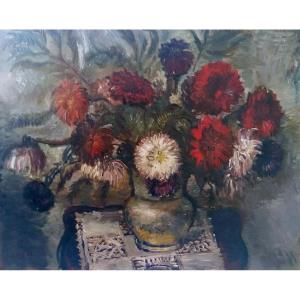
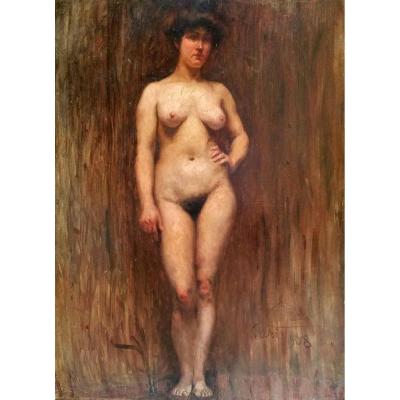
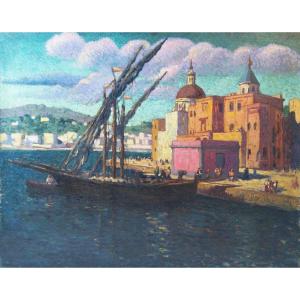


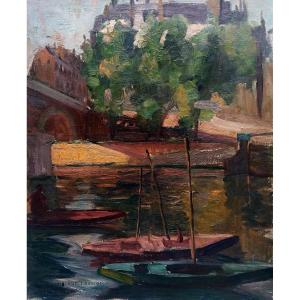
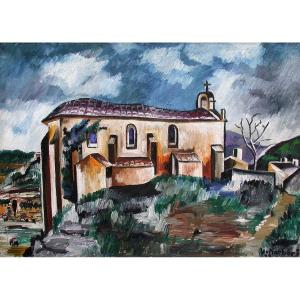
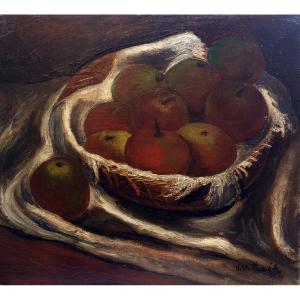
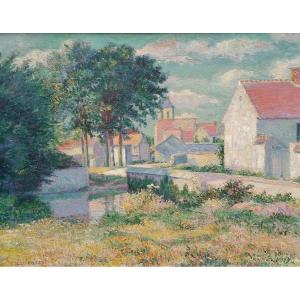
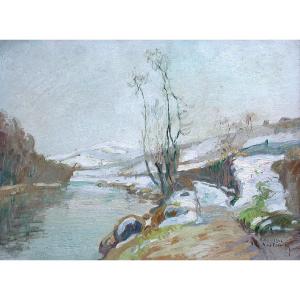

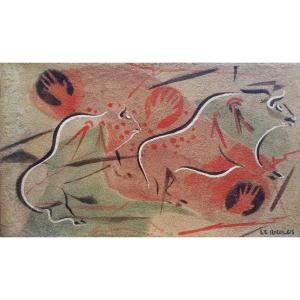
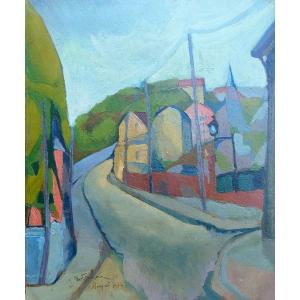


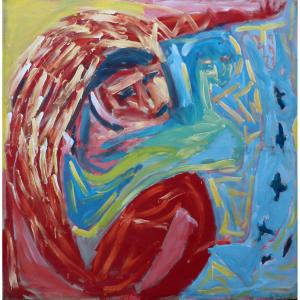

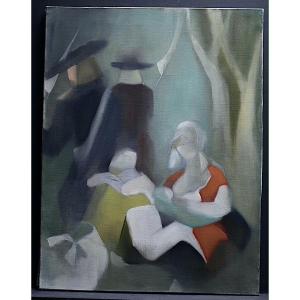



 Le Magazine de PROANTIC
Le Magazine de PROANTIC TRÉSORS Magazine
TRÉSORS Magazine Rivista Artiquariato
Rivista Artiquariato